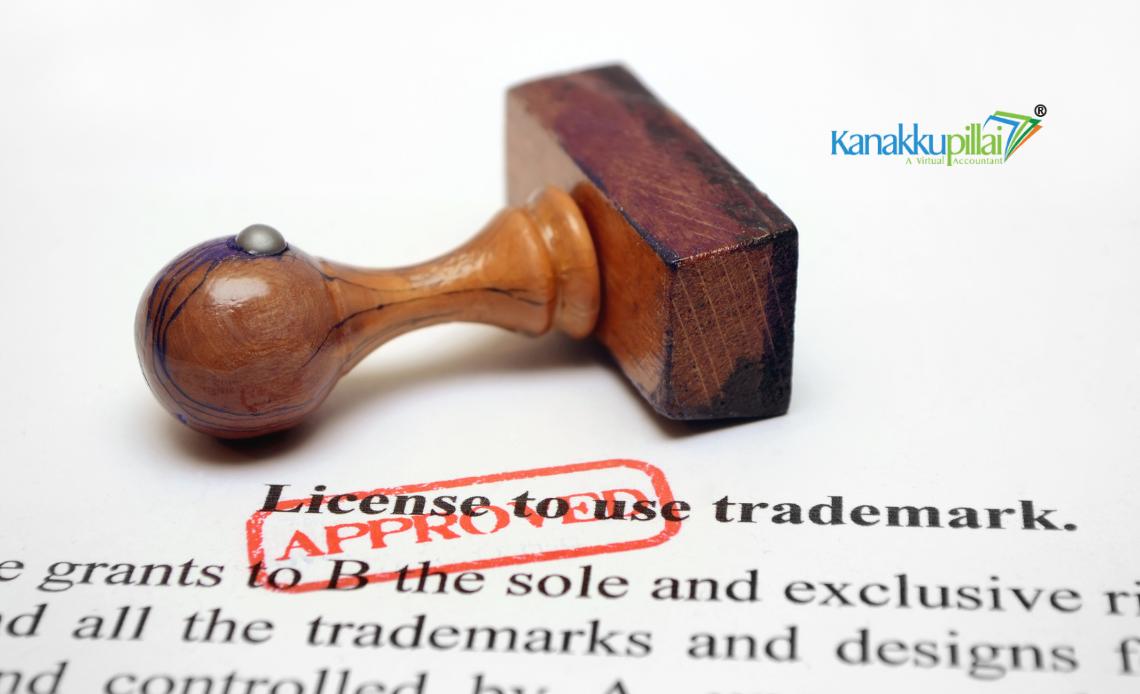Foreign firms hoping to grow their operations in India must first register trademarks. It guarantees that rivals of their goods or services cannot duplicate or replicate their brand or intellectual property, therefore providing legal protection for them. India’s Trademarks Act of 1999 and the Trademark Rules of 2017 control trademark registration there. Direct registration of trademarks by foreign businesses either via the Madrid System or the Indian Trademarks Registry enables simultaneous registration in many countries.
Understanding Trademarks in India
A person or company’s trademark is a unique symbol or indication used to set their products or services apart from others. Trademarks in India may take the following many forms: words, phrases, symbols, designs, logos, sounds, fragrances, or colours. Among the various advantages of registering a trademark are exclusive rights, defence against infringement, brand awareness, and licensing prospects. It also adds to the goodwill and corporate reputation and helps boost customer confidence.
Options for Foreign Trademark Registration in India
1. Direct Filing
- Procedure for Direct Filing: Foreign companies can directly file their trademark applications with the Indian Trademarks Registry. This includes filing the application, paying the required fees, and giving necessary papers such as the property description, pictures, and proof of ownership.
- Requirements and Documents Needed: The registration must include a full account of the property, images if required, proof of ownership, and payment of relevant fees. Foreigners must also provide their original or verified copy of a legal passport or national identity card.
- Advantages and Disadvantages: Direct filing gives instant safety in India. However, it needs different applications for each country, which can be time-consuming and expensive.
2. Madrid Protocol
An international agreement, the Madrid Protocol lets trademark owners submit one application for trademark registration in many nations—including India—instead of several applications.
- Using the Madrid Protocol has advantages in terms of cost-effective worldwide trademark protection, administrative load reduction, and simplifying the registration procedure.
- Methodical Approach for Filing Documents Based on the Madrid Protocol: First registered in their native tongue, foreign businesses must next submit an international application to the World Intellectual Property Organisation (WIPO). The application is then sent for handling to the Indian Trademarks Registry.
3. Trademark Assignment
The task entails transferring a trademark from one company to another. One may do this either via inheritance or on will.
- Assigning a trademark can assist companies in securing their intellectual property rights, boost brand awareness, and enable worldwide brand expansion.
- Preparing and completing a trademark assignment agreement, registering the assignment with the Indian Trademarks Registry, and paying relevant fees forms the procedure for trademark assignment.
Procedures for Foreign Trademark Registration in India
Pre-filing Considerations
- Search carefully to make sure the trademark is not already registered or pending in India.
- Consult the Trademarks Registry database to confirm the availability of the trademark.
- Choose the suitable class of products or services for your trademark depending on the ones it covers.
Filing the Application
- Online Filing Process: File the application online through the Indian Trademarks Registry.
- Required Documents and Information: Submit the brand description, drawings if necessary, proof of ownership, and payment of relevant fees.
- Filing Fees: Pay the appropriate fees for the application.
Examination and Publication
- The Registrar will officially review the application during the trademark examination.
- Publication in the Trademark Journal: The application will be published for opposition in the Trademark Journal.
- Opponents have an opportunity to object within the designated time.
Registration and Renewal
- Should the application be granted, a registration certificate will be given as the trademark certificate.
- The trademark is valid for ten years and may be renewed for ten more years.
- Maintaining the validity and protection of the trademark depends on timely renewal; hence, it is rather important.
Conclusion
Foreign enterprises must register a trademark in India if they want to safeguard their intellectual property rights and brand. Direct filing, the Madrid Protocol, or trademark transfer follows pre-filing considerations, application filing, scrutiny and publication, registration, and renewal. Protection of trademarks protects brand identity and prevents infringement. To guarantee a successful registration procedure, however, overseas businesses are advised to use competent trademark lawyers or law firms since negotiating the convoluted legal terrain may be difficult.





